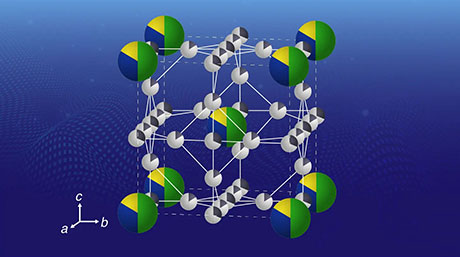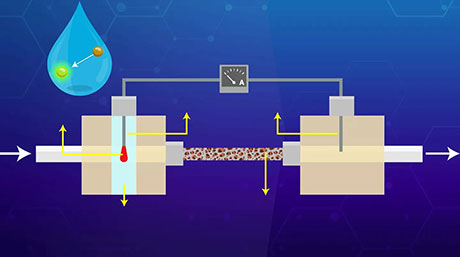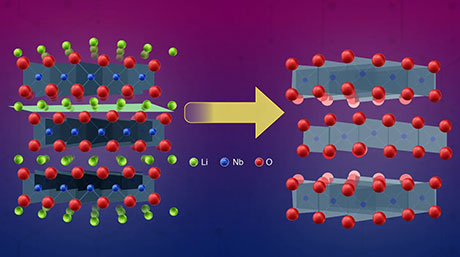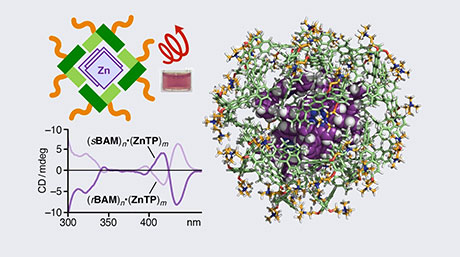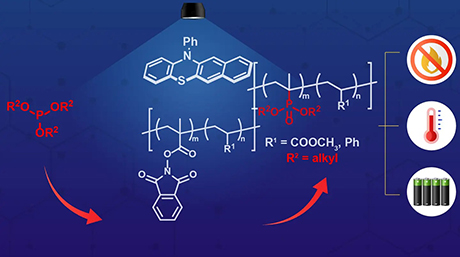Chemical Science and Engineering News
The power of going small: Copper oxide subnanoparticle catalysts prove most superior
Scientists at Tokyo Institute of Technology have shown that copper oxide particles on the sub-nanoscale are more powerful catalysts than those on the nanoscale. These subnanoparticles can also catalyze the oxidation reactions of aromatic hydrocarbons far more effectively than catalysts currently used in industry. This study paves the way to better and more efficient utilization of aromatic hydrocarbons, which are important materials for both research and industry.
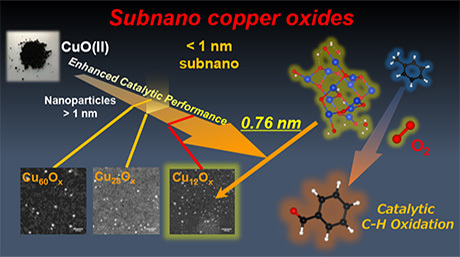
A research concept:Subnano copper oxide particles for solvent-free aerobic oxidation of hydrocarbons
The selective oxidation of hydrocarbons is important in many chemical reactions and industrial processes, and as such, scientists have been on the lookout for more efficient ways to carry out this oxidation. Copper oxide (CunOx) nanoparticles have been found useful as a catalyst for processing aromatic hydrocarbons, but the quest of even more effective compounds has continued.
In the recent past, scientists applied noble metal-based catalysts comprising of particles at the sub-nano level. At this level, particles measure less than a nanometer and when placed on appropriate substrates, they can offer even higher surface areas than nanoparticle catalysts to promote reactivity (Fig. 1).

Figure 1. A research concept of copper oxide subnanoparticles
In this trend, a team of scientists including Prof. Kimihisa Yamamoto and Dr. Makoto Tanabe from Tokyo Institute of Technology (Tokyo Tech) investigated chemical reactions catalyzed by CunOx subnanoparticles (SNPs) to evaluate their performance in the oxidation of aromatic hydrocarbons. CunOx SNPs of three specific sizes (with 12, 28, and 60 copper atoms) were produced within tree-like frameworks called dendrimers (Fig. 2). Supported on a zirconia substrate, they were applied to the aerobic oxidation of an organic compound with an aromatic benzene ring.
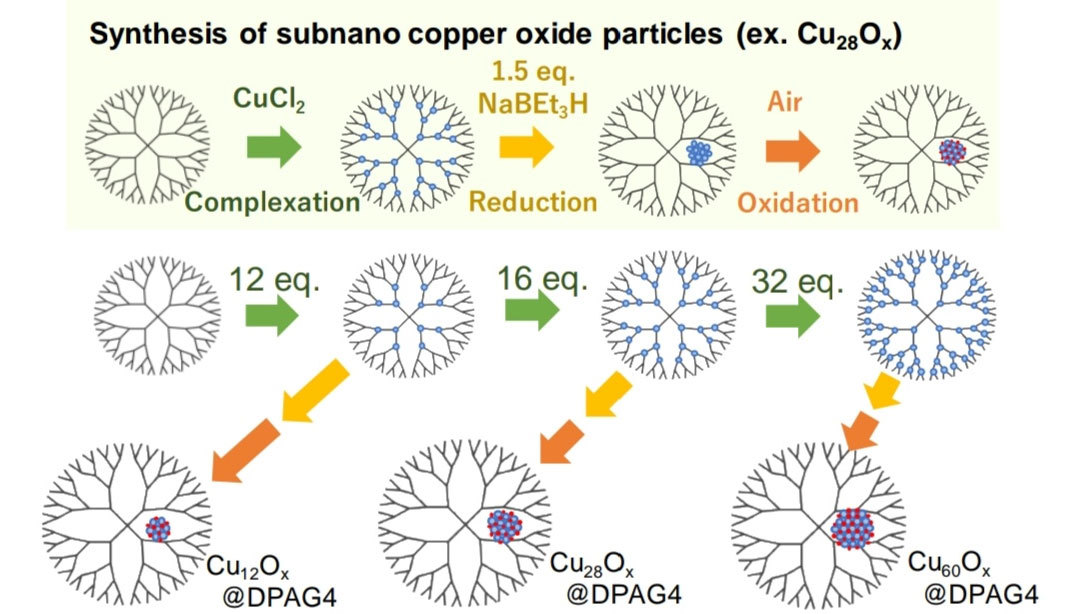
Figure 2. Processes of synthesis of copper oxide subnanoparticles
- Copper oxide subnanoparticles of three specific sizes were synthesized within tree-like structures called dendrimers.
X-ray photoelectron spectroscopy (XPS) and infrared spectroscopy (IR) were used to analyze the synthesized SNPs' structures, and the results were supported by density functionality theory (DFT) calculations.
The XPS analysis and DFT calculations revealed increasing ionicity of the copper–oxygen (Cu–O) bonds as SNP size decreased. This bond polarization was greater than that seen in bulk Cu–O bonds, and the greater polarization was the cause of the enhanced catalytic activity of the CunOx SNPs.
Tanabe and the team members observed that the CunOx SNPs sped up the oxidation of the CH3 groups attached to the aromatic ring, thereby leading to the formation of products. When the CunOx SNP catalyst was not used, no products were formed. The catalyst with the smallest CunOx SNPs, Cu12Ox, had the best catalytic performance and proved to be the longest lasting.
As Tanabe explains, "the enhancement of the ionicity of the Cu–O bonds with decrease in size of the CunOx SNPs enables their better catalytic activity for aromatic hydrocarbon oxidations."
Their research supports the contention that there is great potential for using copper oxide SNPs as catalysts in industrial applications. "The catalytic performance and mechanism of these size-controlled synthesized CunOx SNPs would be better than those of noble metal catalysts, which are most commonly used in industry at present," Yamamoto say, hinting at what CunOx SNPs can achieve in the future.
- Reference
| Authors : | Kazutaka Sonobe, Makoto Tanabe and Kimihisa Yamamoto |
|---|---|
| Title of original paper : | Enhanced Catalytic Performance of Subnano Copper Oxide Particles |
| Journal : | ACS Nano |
| DOI : | 10.1021/acsnano.9b07582 |
| Affiliations : |
Institute of Innovative Research (IIR), Tokyo Institute of Technology |
- Nanoscience breakthrough: Probing particles smaller than a billionth of a meter | Tokyo Tech News
- Discovery of periodic tables for molecules | Tokyo Tech News
- Can't get thinner than this: synthesis of atomically flat boron sheets | Tokyo Tech News
- Metallic nano-particles light up another path towards eco-friendly catalysts | Tokyo Tech News
- Breakthrough in blending metals: Precise control of multimetallic one-nanometer cluster formation achieved | Tokyo Tech News
- How a tetrahedral substance can be more symmetrical than a spherical atom | Tokyo Tech News
- A Preparative-Scale Reaction Using Platinum Clusters with a Single-Digit Atomicity Realized | Tokyo Tech News
- One-Nanometer Trimetallic Alloy Particles Created | Tokyo Tech News
- New aspect of atom mimicry for nanotechnology applications | Tokyo Tech News
- Controllable light-emitting materials to advance light sensing and nano-medicine | Tokyo Tech News
- A step forward for fuel cell technology | Tokyo Tech News
- YAMAMOTO IMAOKA Group
- Researcher Profile | Tokyo Tech STAR Search - Kimihisa Yamamoto
- Researcher Profile | Tokyo Tech STAR Search - Makoto Tanabe
- Laboratory for Chemistry and Life Science, Institute of Innovative Research
- Institute of Innovative Research (IIR)
- Latest Research News
Further Information
Specially Appointed Associate Professor Makoto Tanabe
Hybrid Materials Unit
Laboratory for Chemistry and Life Science
Tokyo Institute of Technology
Email tanabe.m.aa@m.titech.ac.jp
Tel +81-45-924-5260
Professor Kimihisa Yamamoto
Hybrid Materials Unit
Laboratory for Chemistry and Life Science
Tokyo Institute of Technology
Email yamamoto@res.titech.ac.jp
Tel +81-45-924-5873
